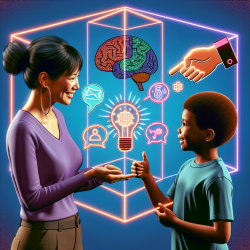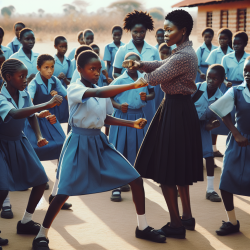As a practitioner in the field of speech-language pathology, staying informed about the latest research can be transformative for your practice. One recent study that stands out is "Cross-linguistic patterns of speech prosodic differences in autism: A machine learning study." This groundbreaking research uses machine learning to identify key differences in speech prosody among individuals with Autism Spectrum Disorder (ASD) across two distinct languages: English and Cantonese.
Understanding prosody—the rhythm, stress, and intonation of speech—is crucial in diagnosing and treating ASD. This study's innovative approach provides actionable insights that can significantly improve therapeutic outcomes for children with ASD. Here’s a deep dive into the findings and how you can apply them in your practice.
Key Findings
The study utilized machine learning algorithms to analyze speech samples from individuals with ASD and those with typical development (TD). The research revealed two main classes of prosodic features:
- Rhythm: Temporal regularities in speech signals, such as syllable duration and stress patterns, were found to be crucial in differentiating ASD from TD. These rhythmic features were consistently identifiable in both English and Cantonese.
- Intonation: Variations in pitch were significant in English but not in Cantonese. This suggests that the way pitch is used to convey meaning may differ between languages, influencing how prosodic differences manifest in ASD.
Implications for Practice
These findings offer several practical applications for speech-language pathologists:
- Focus on Rhythm: Given that rhythmic features were consistently significant across languages, incorporating rhythm-based activities into therapy could be beneficial. Activities like clapping to syllable patterns or using musical instruments can help children with ASD improve their speech rhythm.
- Customized Intonation Training: For English-speaking children, focusing on pitch variation exercises could be more impactful. However, for Cantonese-speaking children, alternative approaches that emphasize other prosodic features might be more effective.
- Cross-Linguistic Awareness: Understanding that prosodic features can vary across languages is essential. Tailoring therapy to consider these differences can lead to more personalized and effective interventions.
Encouraging Further Research
While this study provides valuable insights, it also highlights the need for further research. Future studies could explore additional languages and larger sample sizes to validate these findings. As practitioners, staying engaged with ongoing research and even participating in studies can contribute to the broader understanding of ASD and improve therapeutic practices.
To read the original research paper, please follow this link: Cross-linguistic patterns of speech prosodic differences in autism: A machine learning study.










